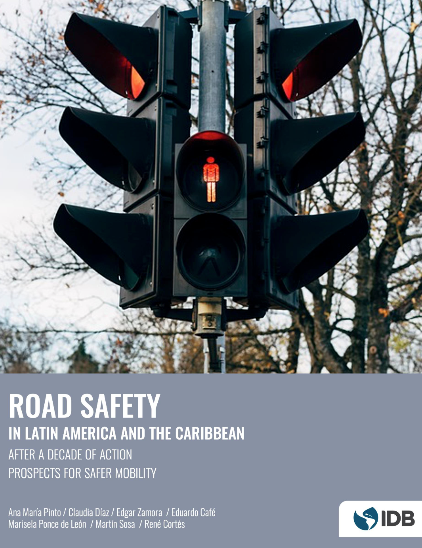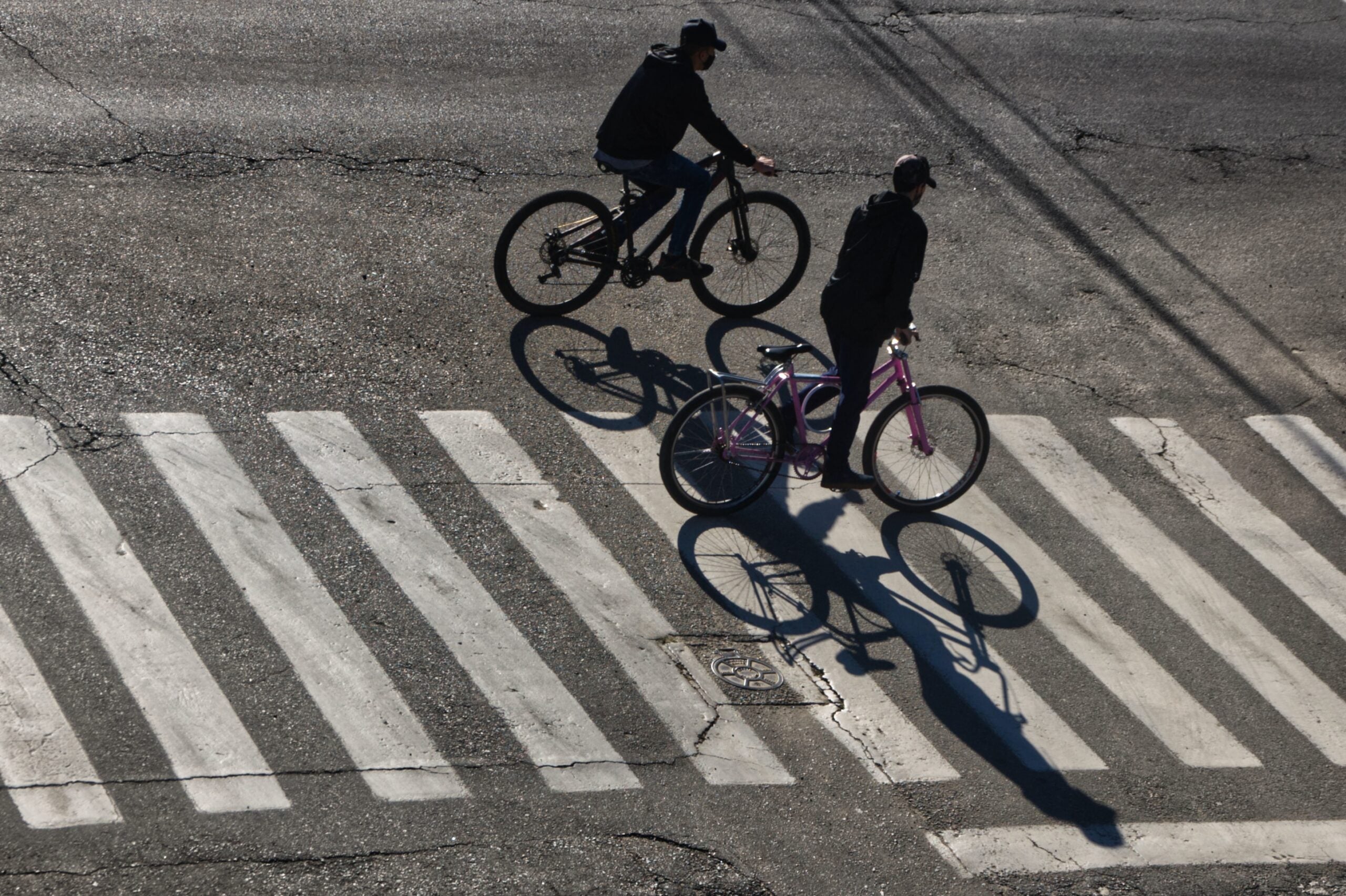Looking back on the First Decade of Action for Road Safety, it is necessary to realize that even though the Latin American and Caribbean region has made progress in recognizing the importance of systemic work on road safety in terms of life protection, it failed to achieve the ambitious goals proposed for reducing the number of deaths from road crashes. The region is still facing challenges, which have intensified and continue to increase; this includes the growth of motorcycle fleets, and the participation of motorcyclists in serious crashes.

When we look at the data, it is clear that we need to address the problem urgently.
According to the World Health Organization (WHO), around 110,000 people die, and more than 5 million people are injured in Latin America and the Caribbean (LAC) due to road crashes. This is the leading cause of death for children between the ages of 5 and 14 and the second for young adults. On the other hand, in terms of gender, traffic crashes affect women differently than men; although 80% of all victims of traffic accidents are men, the women of the families of the victims are generally the ones who assume the new activities of care and income generation. This motivates a double workload and greater mental pressure, exacerbating the inequalities of opportunities and income.
To face the challenge of reducing the number of deaths due to road crashes and address the new context of the countries that live in the region; the General Assembly of the United Nations (UNGA) declares the Second Decade of Action for Road Safety 2021-2030. This resolution includes 40 articles; that form the ground of a new action plan, with stronger measures and lessons learned during the First Decade of Action.
Our work
The IDB is strongly committed to continuing to work with governments and civil society throughout the region to address road safety issues. To do this, the IDB developed a Safe Mobility Strategy that focuses on three priorities:
- Safe infrastructure: whose objective is to achieve better, safer, and more inclusive roads, not only for the occupant of the vehicle but for all users.
- Urban mobility: pursues the implementation of programs, and measures to manage safe speeds, that respond to urban dynamics, infrastructure programs, and safer urban services for all users, especially the most vulnerable. Promoting sustainable mobility on foot, by bicycle, and public transport is also a priority; this would contribute to addressing other key challenges, such as inequality, accessibility, congestion, and pollution.
- Public policies and institutions that advocate for road safety, and support countries in articulating, drafting, and approving ambitious and innovative legislation (driven by technology), implemented through government agencies, with more norms, regulations, and effective application.
The IDB launches the publication Road Safety in Latin America and the Caribbean. After a decade of action and prospects for safe mobility
This publication explains best practices on the region’s progress in recent years. It offers an overview of how to move from action to practice; following the principle that mobility must be safe, sustainable, and inclusive; reducing the exposure of risking all road stakeholders, especially the most vulnerable; and maintaining the focus on users with special needs (people with disabilities, children, and the elderly). This work was carried out in collaboration with different institutions that have worked on the road safety agenda in LAC.
The publication is divided into three parts.

- Context of the first decade of road safety action, analyzing the results in terms of fatalities and reviewing the effects of crashes in economic and gender terms, and their behavior during COVID-19.
- Five key pillars for road safety are explained, which helps understand the development of a logical and comprehensive work that determines actions and measures that have shown high-impact results in the region. In addition, an analysis of the weak points in the process developed in the countries is carried out, showing how they can affect the final performance of the desired road safety structure.
- Reflects on the achievements during the First Decade of Action and how road safety is positioned as a transversal axis in the world work in terms of life protection. Finally, it presents a list of recommendations applicable to the countries of the region.


Leave a Reply